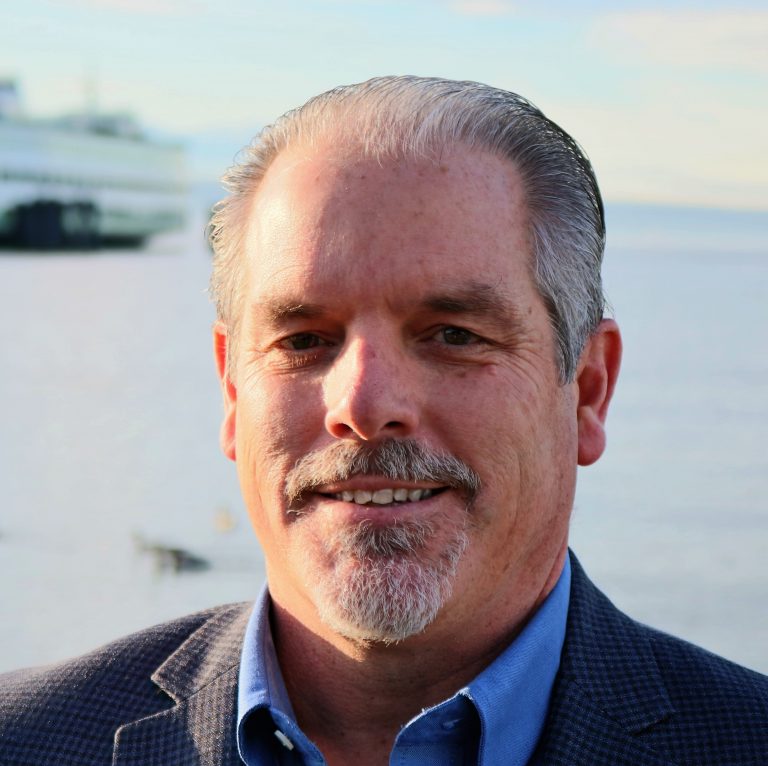“What if We Learned the Art of #Quiet Listening?”
What if we learned the art of #Quiet Listening? We think we know how to listen. But what we are doing most of the time is waiting to interrupt. We’re scanning the environment to see when we can get our point in or are waiting to assume a shields-up perpetual fight or flight mode. When this happens, we don’t have communication. We just want to hear ourselves talk (pronounced TAWK in Queens where I’m from). When we don’t get to express ourselves, we find interesting ways to express the fact that we are not pleased.
Over the last two years, many people have chosen to discard the act of dialoguing along with their facial masks. We have learned that they’ve opted to engage in #QuietQuitting (part of #BigQuit). This tactic seems like a way of passively disengaging from work to be able to loudly complain about the workload, co-workers, Zoom etiquette, and life in general. Of course, their managers can retaliate with Quiet Firing.
It’s been a virtual social media festival of hashtag Qs of late. Interestingly, these trends, share one common denominator: They represent a breakdown in management and employees communicating effectively. Both trends use silence or non-engagement as a passive-aggressive tool to leverage an opinion. And in the case of the #BigQuit, leaving was the final, definitive, message.
I started working on this article during Halloween Week. So, I am going to take the opportunity to summon my long-departed muses of social commentary and former New York City residents – the eternally cranky George Carlin and Andy Rooney – for ghostly inspiration. They elevated complaining into a high art form. I am following suit.
“I know that everyone has countless stories about what went wrong, is going wrong, who wronged who, who wasn’t wrong, who needs to wrong rights, etc. But isn’t all this #Quiet Firing, #QuietQuitting, and #BigQuit” activity, just an excuse to choose to behave badly? Is it easier to do this than to hold ourselves accountable?
On the other hand, when we do “speak up” there are complications. They show up as a lot of snarky comments online, digital communication weirdness, and not-so-quiet yelling in online and in-person public forums. In addition, when we’re usually not “looking up” when we’re “speaking up.” We struggle with separation Anxiety when we are asked to conduct a conversation that isn’t punctuated with iPad, mobile, or social media alert interruptions.
As a result, we are constantly functioning in a state of digital distraction. All of our communications have been getting noisier and to what end? How have any of these behaviors helped us?
So, here’s my Question: What if we gave the term #Quiet an opportunity to have a new lease on life, and introduce #QuietListening into the lineup?
What is #QuietListening? As the moniker suggests, it is the practice of practicing “full-on focus” and being present for the other person. It requires us to do more listening than talking and practicing patience, lots of patience. Yes, us.
But since #QuietListening is partially a physical activity, doing it will require us to retrain some over and under-used muscles in the process. It would be foolhardy to think we could just wing it since most of us are pretty out of practice at genuine communication. We thought we were “a natural” so we’ve let that skill slip. Quite a bit.
For these reasons, I have created a mini Exercise playbook that we can use as a guide. Let’s approach this training like we are doing “Yoga for our Ears” and our mouths too.
- Like in yoga, we will learn how to hold a pose for a sustained period. In this case, we will be holding our mouths shut. It’s easy: close your mouth and take four breaths through your nose. Repeat.
- We also need to commit to reining our energized selves aka “being present” for the other person. Yes, being genuinely present; not “the body is present, but the brain is hanging out in another corner of cyberspace” kind of presence. We will have to quiet our minds so we can be present and pay attention to what the other is saying. Yes, I know. This is easier said than done on many occasions. But let’s give it a try. Look at your communication partner, and don’t say anything. Hold the pose for 30 seconds.
Continuing with being present…
- We have to do a bit of mental stretching, paying attention to the assumptions and the projections we carry around inside our ever, chattering brains. Ask yourself this question: Have I created a script or a dialogue before the conversation even begins?
- When the answer is yes, try holding this information in a self-aware pause – park it (as we say in Queens). See how it may distract you and affect your ability to listen. Now, open your ears and listen.
- Trouble focusing on listening? It’s understandable. Try doing some quiet breathing. This simple, important tool works. I am not talking about audible wheezes, sighs, and grunts that you issue to alert the other person of your perspective or presence. I’m talking about taking some nice long, silent inhales and exhales. This will accomplish wonders and forestalls our urge to issue a heated retort.
- When we fear that breathing won’t suffice, holding our breaths for a tiny bit can work wonders too, it helps to slow us down. So, let’s count a few beats, then breathe of course.
- Now listen closely and let your brain take in what you’re hearing.
With these actions, we have begun the process of Active Listening, a process that prepares us to listen and observe what verbal and non-verbal messages are being sent. Then provide appropriate feedback to show our attentiveness to the words that are being presented. This form of listening conveys a mutual understanding between the speaker and us.
In other words, we get the chance to show the other party that we actually heard what the other party was saying. As my friend and Business Coach Kirk Kirkpatrick summarizes it: “It’s a way of showing others that you are willing to give them their due when you say things like ‘This what I heard you say is…. Did I get it?’
It’s not rocket science.
When we follow that question with a follow-up like “How would you like me to use what I’ve learned? “ We have taken our first step towards using Appreciative Inquiry as a relationship-building skills
But just like when we attempt to try what we think is a simple pose in yoga, it takes patience and practice. We didn’t get this rigid overnight.
We have to remind ourselves that if we create a moment of listening, we may be creating the opportunity for the other party to do the same.
Julienne B. Ryan is the author of The Learned-It-In-Queens Communications Playbook – Winning Against Digital Distraction” and an applied, narrative storyteller, speaker, trainer, and coach. She is on a mission to improve how we communicate with each other, one authentic conversation at a time. Click on this link to learn about her services.
The post “What if We Learned the Art of #Quiet Listening?” appeared first on jryanpartners.com.

























